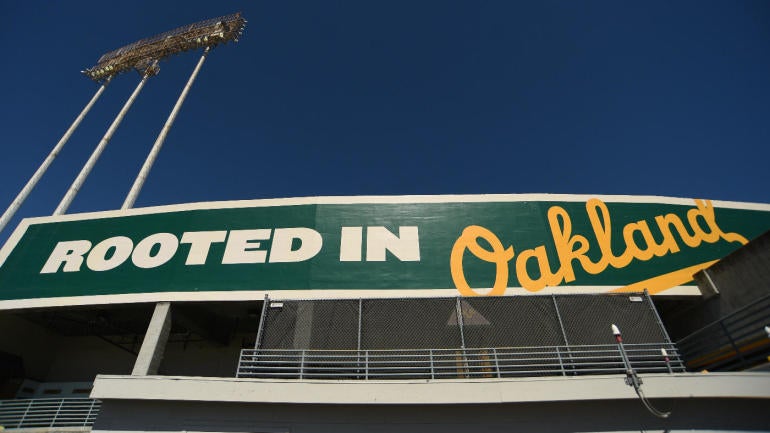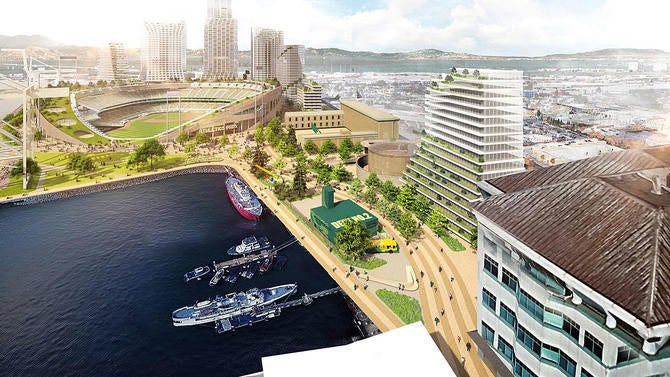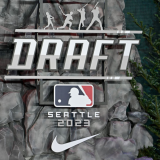
The Oakland Athletics and the city of Oakland took a step forward Thursday toward possibly, eventually, getting an agreement in place for a new ballpark. The talks center around the A's proposed Howard Terminal plan and the step forward was the Oakland City Council voting, 6-2, in favor of certifying an environmental review of the project.
Concerns with the project in this area include removal of toxic waste, traffic, compatibility with port functions, railroad safety and affordable housing, per the San Francisco Chronicle, hence the environmental review.
Overall, this seems like very good news for those wanting the A's to get a new ballpark in Oakland.
"We've never been this far in terms of making our vision for the waterfront ballpark for the A's a reality," club president Dave Kaval said (via sfchronicle.com). "There is still a lot of work to be done. This is an important accomplishment and an important milestone to reach."
"Tonight's action is more than a milestone - it's a giant leap forward in our shared mission to create a regional destination that gives back our waterfront to the public, connects a new vibrant neighborhood to our downtown, and provides tens of thousands good union jobs for our residents - and it does it all while keeping our beloved A's rooted in Oakland," Oakland Mayor Libby Schaaf said (via sfchronicle.com).
The artist renderings of the A's proposal for the Howard Terminal area are quite breathtaking. Here's one shot, via the A's official website:

The plans, as outlined on the A's official website, include the following:
Our Jack London Square Ballpark, designed by Bjarke Ingels Group (BIG), returns the baseball experience to the roots of the sport, while re-imagining the ballpark anew. A "ballpark within a park," the intimate stadium is nestled carefully into its urban surroundings.
To create the most intimate experience in baseball, plans call for a total capacity of around 34,000 - including fixed seats and general admission experience areas - to be arranged in the closest configuration possible to home plate, along with an elevated park that wraps and frames the bowl, coming down to meet the waterfront. The square block of the ballpark district will sit neatly within the extended urban fabric of Oakland, transforming the ballpark's concourses into street, and concessions into restaurants. Diverse programming embedded within and around the ballpark will ensure the ballpark, and the park that sits atop it, are active on game days and non-game days alike.
The privately financed ballpark will anchor a new, vibrant waterfront district that will feature a mix of housing, including affordable housing, offices, restaurants, retail, small business space, parks and public gathering spaces.
As things stand, the environmental review is obviously key while the team and city continue to negotiate infrastructure financing. The dance is far from over, and positive momentum can be derailed with even a minor setback, but it looks like things are moving toward the A's staying put in Oakland.






















